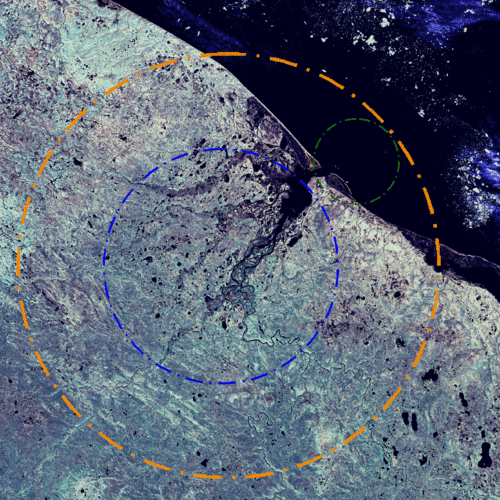One of our worst fears is that of an asteroid hitting the Earth. It is also a very legitimate fear since almost 200 craters are to be found on Earth, and these are only the ones that could be found so far. Some of these rocks were as huge as to cause deadly tsunamis, earthquakes, massive extinctions. The large craters that they created are a testimony of their destructive power and a constant reminder of the fact that it may happen again…
1. Vredefort crater
Table of Contents
Vredefort is located in the Free State province of South Africa and it was apparently produced by one of the largest asteroids ever to hit Earth, a huge rock of 5 to 10 km in diameter, some really long time ago (two billion years). This is the largest of all the impact craters on Earth, measuring 250-300 km diameter. It may be overtopped however by the Wilkes Land Crater in Antarctica (500 km), if the origin of this l crater will be proved.
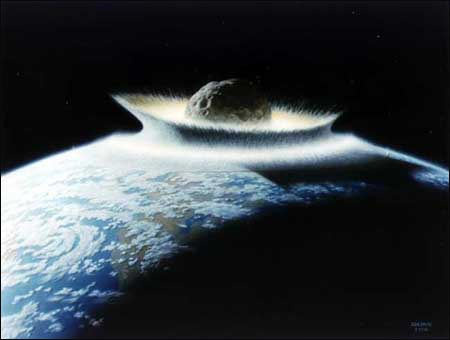
2. The Sudbury basin
The Sudbury basin is also one of the oldest impact craters on Earth, besides from being the second largest. It has been created by a huge cosmic rock which hit the surface of our planet some 1.849 billion years ago. According to scientists, in the very long time since the structure was formed, many geological processes took place in the area and affected the shape (which is now oval) and the size of the Sudbury crater.
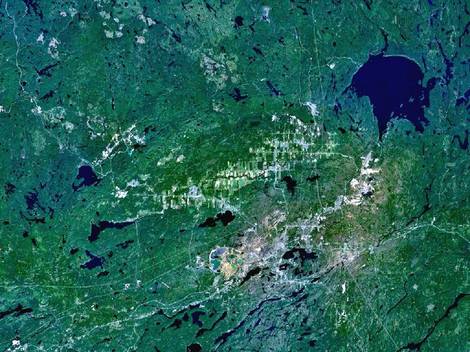
3. Chicxulub impact crater, Yucatan
Chicxulub crater may be found in the Yucatán Peninsula. It was found in the 1970s by geophysicist Glen Penfield who was looking for oil in the area. Instead, he made a more exciting, (though not more profitable), discovery: an ancient crater lying underneath the peninsula. What is most important, its age was established at 65 million years ago, coinciding with the disappearance of dinosaurs. It is considered today that the bolide which hit our planet in this point may have indeed, contributed, if not caused, the disappearance of most of the dinosaurs on Earth.
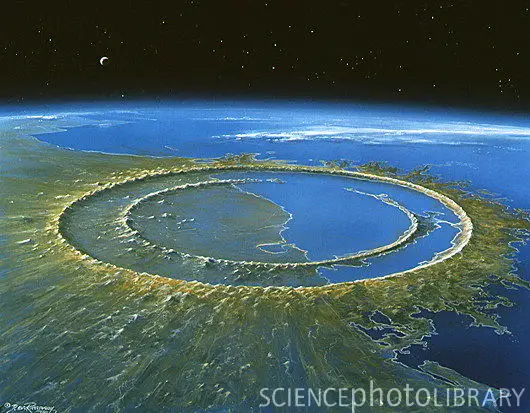
4. Popigai crater
Popigai in Siberia is the fourth verified impact crater in the world. It is estimated to be 35 million years old and the dimension of the crater is of 100 km diameter .Scientists believe that the asteroid that created this large crater also led to the massive extinction of the early mammals in Europe, an event which is commonly known as ‘The grand Coupure’.
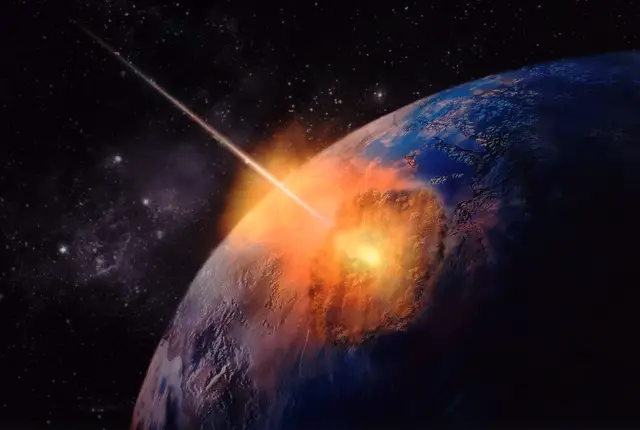
5. Manicouagan crater
The Manicouagan crater is located in Canada. Its estimated age is of 215 million years and it is also considered that the impact was not single, several asteroids hitting the Earth in different points in the same time. A total number of 5 craters are believed to be fragments of the same asteroid which broke up and hit Earth in a chain of impacts that must have had disastrous effects on the planet.
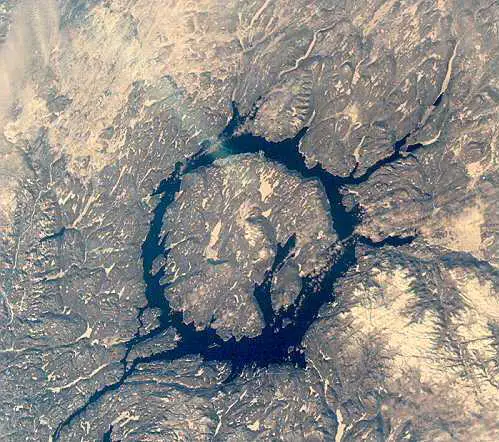
6. The Chesapeake Bay crater
The Chesapeake Bay impact crater was created 35 million years ago when a large asteroid hit the eastern shore of what we call today north America. It is one of the best preserved craters in the world and the largest to be found in America.
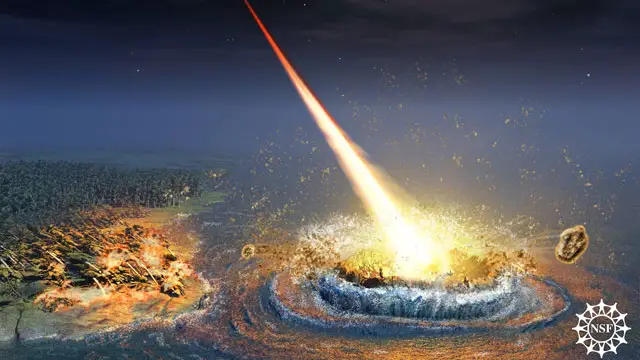
7. Acraman crater
Acraman crater is one of the highest eroded impact craters and it is located in the Gawler Ranges of South Australia. It was established that the age of this crater is of 580 million years and that its dimension must have been of 85-90 km in the beginning. Today, the lake Acraman a dry lake of 20 km diameter marks the location of the crater.
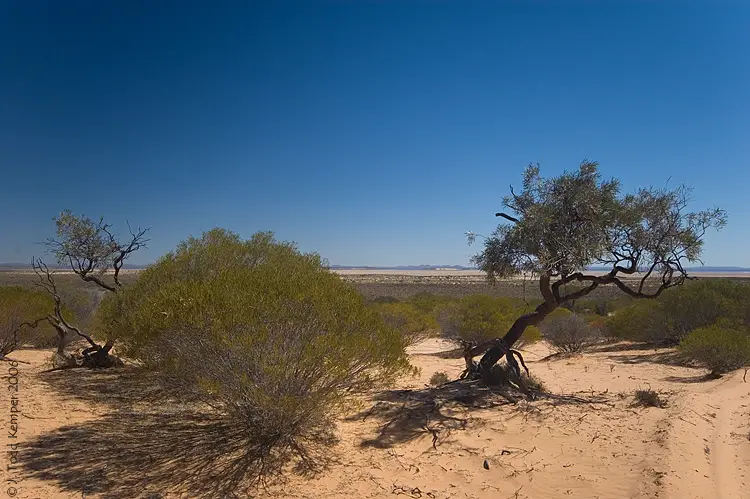
8. Puchezh-Katunki
One of the largest impact craters on earth, Puchezh-Katunki crater is located in Russia. It was formed by a meteor some 167 million years ago, in the middle Jurassic. The crater, which is now buried deep in the ground, may be located by observing the variation of the vegetation and it is believed to have caused no massive extinction as no event of this kind is recorded in the middle Jurassic.
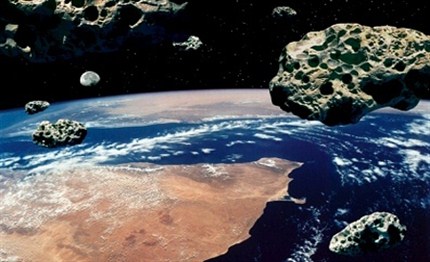
9.Morokweng crater
This is a crater that lies beneath the Kalahari Desert, in South Africa, close to Botswana. It is a 70 km large crater which was formed 145 million years ago, on the Jurassic-Cretacic boundary. It was created by an L chondrite type of meteorite, fragments of which were discovered during the drilling of the site. The discovery is unexpected since it was believed that the meteorite had been entirely vaporized.
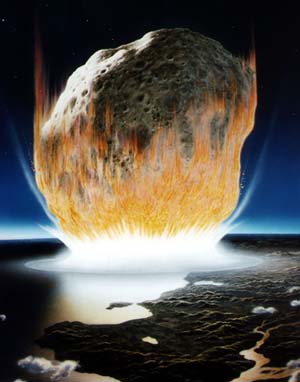
10. Kara
Kara is the name of a crater in Nenetsia, Russia. Apparently, it is 70 million years old and it used to have a diameter of 120 km, which would have ranked it among the largest 5 craters on Earth, It was however severely affected by erosion.
